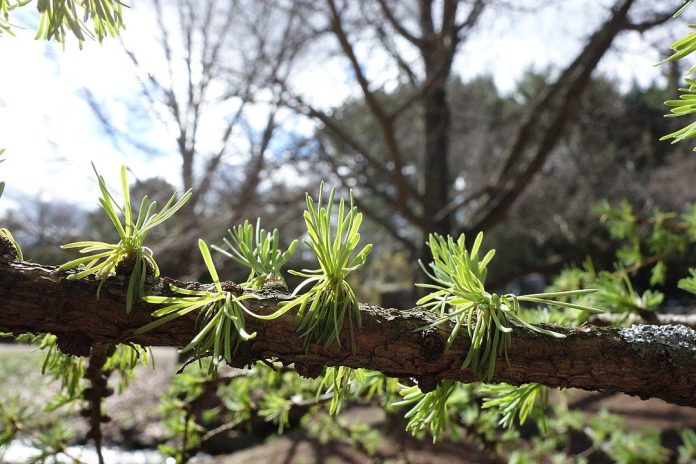
Featured Photo by William Friedman / CC BY-SA 4.0
A field guide on how to identify and propagate Siberian Larch (Larix sibirica), a hardy zone 2 tree that is native to Siberia.
How to Identify Siberian Larch (Larix sibirica)
Leaves
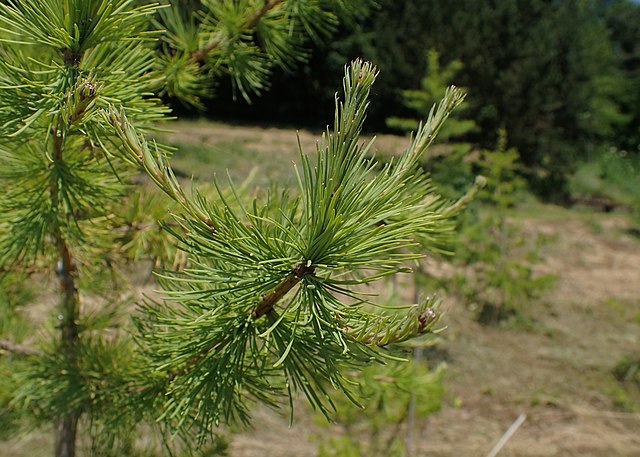
Siberian larch needles are linear-shaped, with entire margins (smooth), and grow from fascicles of 10-50 needles. The fascicles appear on the stems in an alternate arrangement.
Bark
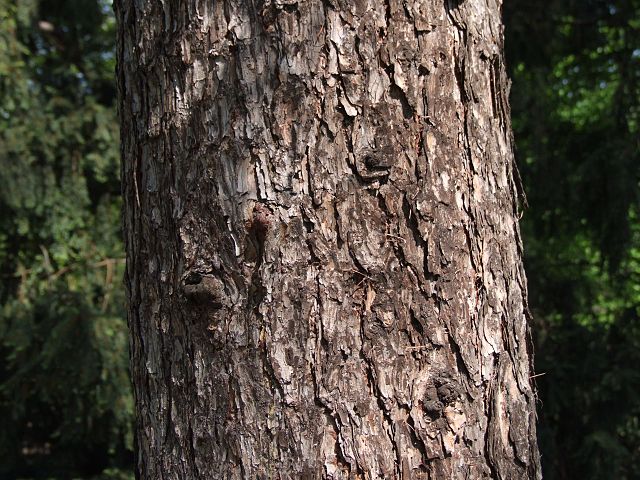
Siberian larch bark is usually reddish-brown in color, with deep grooves and furrows that run in a vertical pattern down the length of the trunk.
The bark of a mature Siberian larch tree is usually thicker than that of other larch species, and can range from 1 to 2.5 centimeters thick.
It’s generally rough and scaly in texture, with deep furrows that create ridges along the trunk. The bark also often has small, raised protrusions along its surface.
Cones
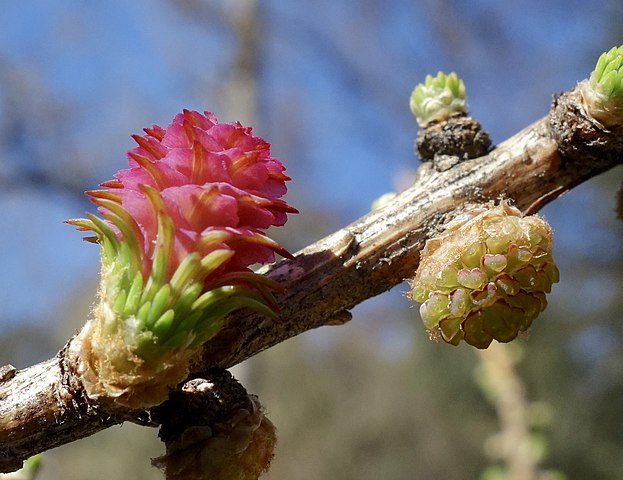
Young Siberian larch female cones dazzle; everything from deep purple to brilliant pink to crimson is on display.
It’s only after some time that they turn into the brown oval-shaped cones we are used to, which mature in early to mid-summer.
Flowering Season
Siberian larch cones flower in early spring.
Habitat
Siberian larch is a hardy coniferous tree that grows in cold, temperate climates.
It is typically found in boreal forests, mountain valleys, and alpine meadows at elevations up to 3,000 m (9,800 ft). It is tolerant of a wide range of growing conditions, including wet and cold climates, and even some areas with permafrost.
You can find Siberian larch growing naturally in the Scandinavian & Russian Taiga, East & West Siberian Taiga, and the Trans-Baikal Conifer Forests.
Wildlife Value
Siberian Larch is an important food source for many species of birds, mammals, and insects.
For example, its leaves provide food for grouse, deer, elk, and moose, while its bark and seeds are eaten by squirrels, chipmunks, and birds.
Siberian Larch is also used as a nesting and roosting habitat for many species of birds and bats, and its branches and foliage provide shelter and protection from the elements.
How to Propagate Siberian Larch (Larix sibirica)

Hardiness Zone: 1-5

Soil Type: Loam, sand.

Water: High.

Exposure: Full Sun to Partial Shade.
You can propagate Siberian larch with two methods:
- By Seed
- By Cuttings
Cuttings are usually a very viable option, but for confiners, it can prove to be much more challenging. For this reason, we will focus on the best method, seeds.
Let’s take a look:
How to Propagate Siberian Larch (Larix sibirica) by Seed
Sowing the seed is by far the best way to propagate Siberian larch. You can easily harvest seeds yourself if you have access to trees nearby.
Alternatively, you can always order the seeds online at Oreshka Seeds.
Now the seeds are inside the cones, you can harvest them quite easily with the right technique. Here’s how:
How to Harvest Seeds
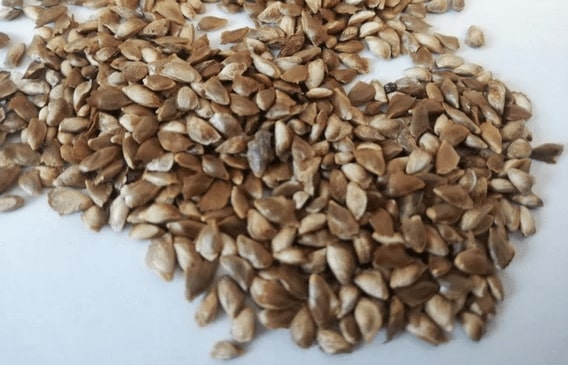
Larch cones become mature for picking in late summer to fall, you can pick them now but that means you’ll need to stratify them.
If you can, try to pick the cones during mid to late winter, at that time, nature will have done stratification for you.
When you pick the cones, all you need to do is place them in a brown bag to dry, and the cones will naturally open.
After that, you can simply knock the seeds out of the cones.
If you want to harvest your cones while it’s warm and easy to access, here’s how to stratify them yourself at home.
Stratification
To cold stratify Siberian larch seeds, follow these steps:
- Mix the seeds with moist sand or peat moss and place them in a plastic bag (tag the name and date).
- Place the bag in a freezer for 30 days, then take them out.
- Soak the seeds in warm water for 24 hours to soften the outer layer of the seed.
- Now place them into the refrigerator for another 15 days.
- Make sure to check the seeds periodically to ensure that the sand or peat moss remains moist.
After the stratification period, plant the seeds in a well-draining soil mix and keep them moist until they germinate.
Recommended soil mix: Peat moss & sand.
FAQ
Q: How fast do Siberian Larch grow?
A: A Siberian larch that’s established on good soil can grow up to 3 feet a year.
Q: How long do Siberian Larch live?
A: Siberian larch easily lives up to 100 years and reaches up to 20m in height.
Q: What is the difference between Siberian larch and tamarack larch?
A: Siberian larch (Larix sibirica) is native to Siberia, Mongolia, and northern China, while Tamarack larch (Larix laricina) is native to North America. Siberian larch has a pyramidal shape when young, while Tamarack larch is more rounded. Siberian larch has a reddish-brown bark, while Tamarack larch has a grayish-brown bark.
Q: Do larch trees have deep roots?
A: Larch develops a deep and extensive root system. Fibrous roots under young larch stands extend up to 100 cm in depth. Wind-fallen mature larch trees have their roots usually infected by root rots.
